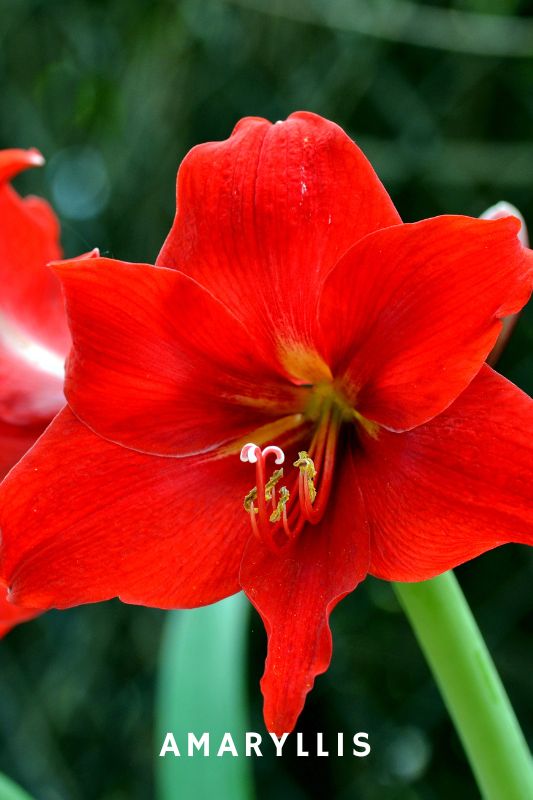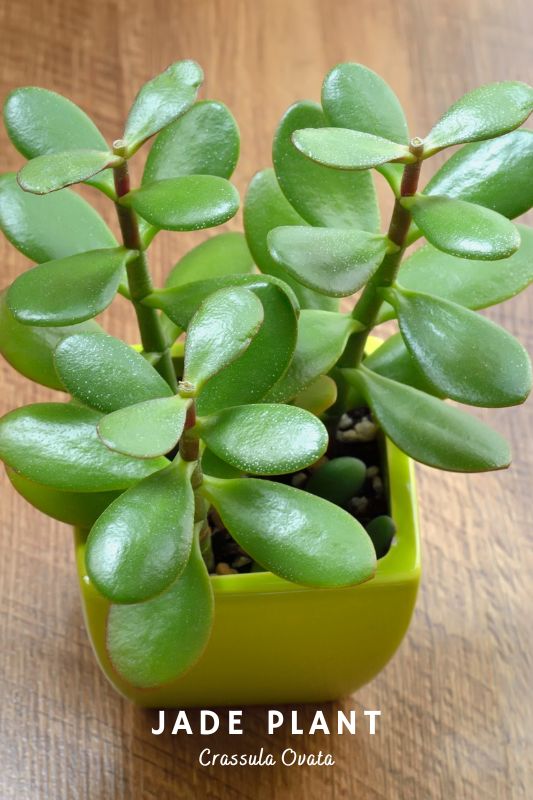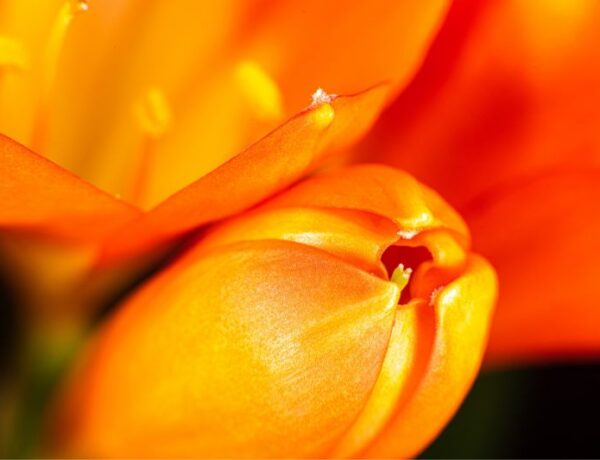Winter is coming, and in some areas the snow has already conquered the outdoors. While some plants are going dormant during this period, others prefer to bloom and produce beautifully colored flowers.
In this article, we’ll present 8 houseplants that actually wait for winter to bloom. And if you’ve already got these and are looking for more color this winter, don’t forget there are also some that flower all year round, like African Violet, Peace Lily, Kalanchoe or Geraniums.
Table of Contents
1. Christmas Cactus (Schlumbergera truncata)

When you think of indoor plants that flower in winter, Christmas Cactus is probably the first one that comes to mind, and for good reasons. Flowering from late November to late January, it comes in a wide variety of colors, including red, orange, pink, gold or white and will definitely receive a lot of compliments from your guests.
Despite its “cactus” name, this one doesn’t come from the desert so it has different needs and growing requirements. Bright, indirect light, organic potting mix and frequent watering are ideal for a Christmas Cactus. However, when it comes to blooming, the rules change a bit, as you have to force it to enter the dormancy phase by reducing the amount of water and light it receives.
2. Amaryllis

If you’re looking for showy plants this winter, you’ll definitely want to take a look at Amaryllis, as it produces large trumpet-shaped flowers. It can be bought as a bulb or a growing kit, which makes it a great present. The most popular varieties out there are the ones that produce red or white flowers. However, you can find Amaryllis varieties that offer pink, deep burgundy, salmon, and even bicolor or picotee flowers.
If you decide to buy your Amaryllis as a bulb, make sure to offer it proper growing conditions. Usually, it takes up to 8 weeks for the bulb to mature and flower, so if you’re planting it at the start of November, you should expect flowers by the middle of December. Check out our journey of growing an Amaryllis bulb in water!
3. Poinsettia (Euphorbia pulcherrima)

Did you know that the Poinsettia leaves change color due to a process called photoperiodism, which allows plants and animals to measure day length? Basically, as a response to the amount of light it receives, Poinsettia leaves will change their color to red, pink, white or other shades.
It also produces small yellow flowers during winter that can be found in the middle of the leaf branches. However, to make your Poinsettia produce flowers and change its foliage color, you’ll have to reduce the exposure to light during night, as it has to sit in complete darkness for at least 12 hours.
4. Cyclamen (Cyclamen persicum)

Also known as Florist Cyclamen, this houseplant usually appears in nurseries and plant shops during the winter months. When it comes to looks, the most popular flower colors are pink, red, lavender and white.
Compared to the other houseplants mentioned above, Cyclamen is a bit trickier when it comes to growing conditions, as it does best in a climate that replicates its native environment. Indoors, you’ll want to make sure that the temperature stays between 60 – 70°F (15-21°C) during the day and 40-50°F (5-10°C) during the night. A high level of humidity is also required during winter.
5. Moth Orchids (Phalaenopsis)

When it comes to flowering houseplants, Moth Orchids are definitely winning the popularity crown, and for good reason. Their flowers last for months and they come in such a wide variety of colors that it makes it almost impossible to only pick one. And if that’s not enough, they are also extremely easy to care for.
Phalaenopsis orchids usually bloom in late winter through the spring and lose their flowers in summer. In order to flower, orchids also need plenty of light, which can be an issue during winter months. However, you can always use artificial light to help your plant along.
6. Jade Plant (Crassula ovata)

Jade plant is a late bloomer, as small white flowers usually appear in late winter to early spring. One of the factors that promotes blooming is, you guessed it, the cooler winter temperatures. However, to make sure flowers appear, it’s also better to keep your Jade Plant root-bound to its pot and reduce the amount of water it receives. Keep in mind that it needs to be at least 3 – 4 years old in order to bloom.
7. Paperwhites (Narcissus papyraceus)

Similar to Amaryllis, Paperwhites can also be found pre-planted or as bulbs in nurseries or plant shops. After planting the bulb, it takes up to 6 weeks for the flower to appear, and they last for about two weeks.
While some people buy Paperwhites for the stunning white flowers, others love their heady fragrance, which resembles cilantro.
8. Superbum (Graptopetalum superbum)
Graptopetalum superbum is a stunning succulent that comes with pale lavender-pink leaves. Its flowering season is usually late-winter to early spring, when it starts developing multiple branches that will hold clusters of yellow flowers with red stamens.
While not being as popular as the houseplants mentioned above, it is definitely worth keeping in mind for your indoor collection. As expected from a succulent, its leaves are outstanding and the flowers won’t disappoint. However, you’ll also be mesmerized by the way its peduncles branch out.
And if you’re looking for more inspiration, make sure to check out our article on houseplants with red flowers!






No Comments